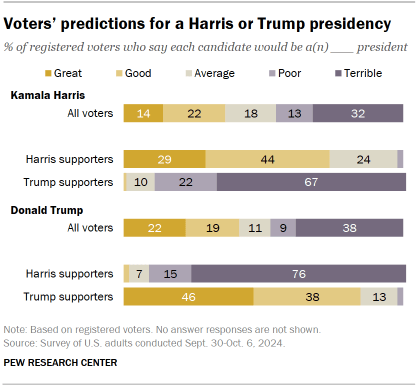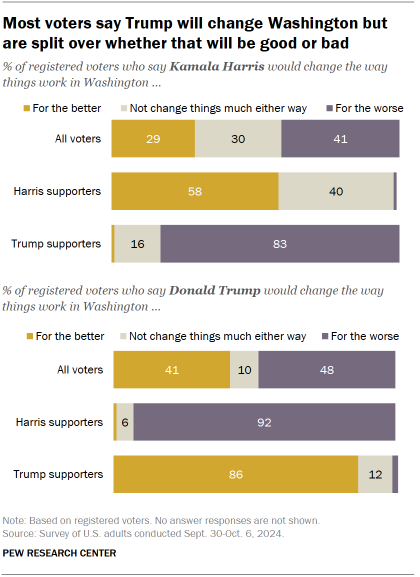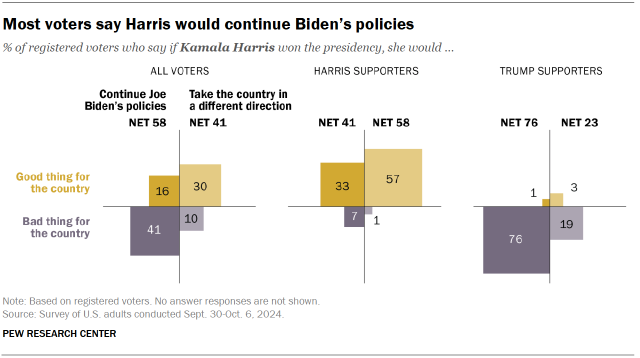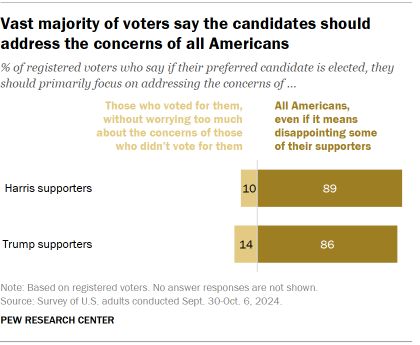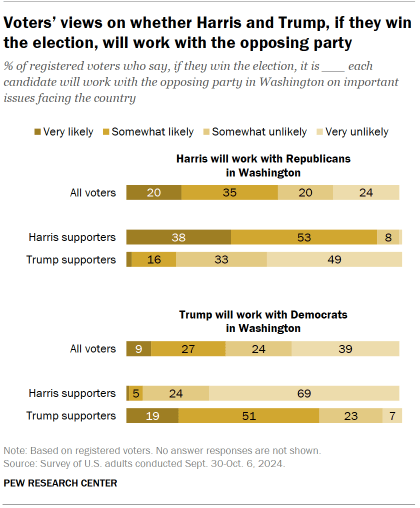President of India, Droupadi Muramu inaugurated the newly built Dr. Sampat Kumar S. Shivangi Cancer Hospital on January 3rd, 2025 in Belagavi, Karnataka. Spanning 1,75,000 square feet with a capacity of 300 beds, the hospital was built with cutting-edge technology with funds donated and raised by Dr. Sampat Shivangi, a distinguished Indian American physician, philanthropist, and community leader with a profound impact on healthcare, education, and cultural preservation across India and the United States.
Addressing a large gathering of community leaders, and healthcare professionals, the President noted the rise in cancer cases in the country and stressed the need to address both the physical and psychological aspects of cancer cure. Murmu expressed concern over studies showing several factors, including lifestyle disease, substance abuse, and modern-day stress, contributing to the rise in cancer cases.
She urged medical colleges and research centers, healthcare professionals and civil society institutions to create awareness about cancer prevention. She congratulated the KLE Society for setting up a tertiary care facility. She said that she is happy to learn that over 50% of KLE Society institutions are in rural areas. She spoke of the positive impact of the Ayushman Bharat Scheme which has helped reduce the time between the detection and treatment of cancer. She called for a collective effort to address the healthcare challenges facing the nation.
“A dream come true! It fills my heart with immense pride and gratitude for the new state-of-the-art Dr. Sampat Kumar S Shivanagi Cancer Hospital in my beloved home state, Belagavi, has finally become a reality,” Dr. Sampat Shivangi, who donated his family fortunes to build this much needed, cancer hospital in a rural region in the state of Karnataka, said here.
“It is an extraordinary honor to have the President of India grace us by inaugurating the hospital and marking this momentous occasion. A heartfelt thank you to the Karnataka State Government for believing in this vision and providing the support to make it a reality. Together, let’s bring hope and healing to countless lives,” Dr. Shivangi added.
KLE Society chairman Dr. Prabhakar Kore thanked U.S.-based physician Sampatkumar S. Shivanagi and his family members for their generous donation to the health facility. He said that apart from treatment, the hospital will strive to provide early detection and prevention services, provide facilities for rehabilitation, palliative care, cancer education, and research.
“The 300-bed hospital built at an estimated cost of nearly ₹300 crore is equipped with state-of-the-art infrastructure and facilities. The facility will provide cancer cure and cancer care facilities to people from Karnataka and the neighboring States of Maharashtra, Goa, and Telangana,” Kore said.
India’s Federal Minister Pralhad Joshi appreciated the work done by KLE Society in education and healthcare sectors over the years. He highlighted the importance of early diagnosis in treatment of cancer and congratulated Dr. Kore and KLE Society for setting up the modern cancer care hospital. He hoped that people in the rural areas will be the major beneficiaries of the hospital.
Minister for Medical Education and Skill Development Sharan Prakash Patil, Minister for Public Works Satish Jarkiholi, Belagavi MP Jagadish Shettar, MLAs Asif (Raju) Sait, Abhay Patil, KLE Society president and MLA Mahantesh Koujalgi, society members, teachers, staff, students and others were present.
In addition to establishing the Dr. Sampat Kumar S. Shivangi Cancer Hospital in Karnataka, through the Dr. Sampat Shivangi Foundation, Dr. Shivangi has established multiple charitable institutions in India, including primary and middle schools, community halls, and healthcare facilities, greatly enhancing educational and healthcare access for underserved communities.
In the U.S., Dr. Shivangi has contributed to establishing a Hindu temple in Jackson, Mississippi, providing a cultural and spiritual hub for the Hindu community and beyond. Recognized for his exemplary service, a street in Mississippi bears his name, a testament to his contributions to healthcare and community welfare.
“Having lived in India for three decades, in not so privileged and progressive parts of the world, it always touched my heart and Atma why so and why not we all have equal playing field on earth,’ Dr. Shivangi says, when asked about what led him to his decision to donate his money, time, efforts and skills.
“During my years in hospitals as a student, resident and staff, I was devastated. I had a great desire to do something that helps people, including for the need to establish a cancer hospital in my native town, where people have to travel hundreds of miles away for such a treatment and possibly could not afford the travel, stay, or medical expenses.”
It took him lots of reflection, planning, and working with multiple groups before this noble project conceived in his heart several years ago, has now come to fulfillment. “Believe me, I went to my hometown in Karnataka to set up a Cancer Hospital. I had even formed a committee and raised funds. Made several trips to India and struggled to do something good, but returned home empty-handed.”
Describing the goals of the Cancer Hospital and the Charitable Foundation, Dr. Shivangi, a soft-spoken physician says, “The Charitable Foundation was set up several years ago to establish, promote, and provide the needy and the downtrodden fellow human beings with opportunities to access quality education, promote mental health awareness, ensure healthcare equity, support tribal communities in their holistic development, empower women to break barriers, and leverage sports as a catalyst for positive change.”
His efforts and love to give back to his motherland came to fruition when he saw “an opportunity in my district to establish a world-class facility. I did not want to let it go. After several trips to India and collaborating with the local authorities, I am excited that Dr. Sampat Kumar S Shivanagi Cancer Hospital has become a reality. What an honor, the President of India will be inaugurating my dream facility, a most memorable and modern hospital in Belgaum, my home district and at the medical college, where I was an Assistant Professor.”
Over the years, in the pursuit of its vision, the Dr. Sampat Shivangi Foundation has come to be known for its belief and tireless efforts that every individual deserves an opportunity to thrive, and is a beacon of hope, fostering resilience and building a more inclusive and harmonious world for all.
At the heart of societal transformation, the Dr. Sampat Shivangi Foundation stands as a testament to unwavering commitment and compassion. The foundation is built upon the pillars of education, healthcare, mental well-being, tribal support, women’s empowerment, and sports development. With a profound understanding of the multifaceted needs of underprivileged communities, we have designed a range of initiatives that address these vital aspects of human well-being.
As the first Indian American to serve on the Board of the Mississippi State Department of Mental Health, Dr. Shivangi has made significant strides in mental health advocacy. His leadership extends to national positions, serving on the National Board of Directors for the Substance Abuse and Mental Health Services Administration (SAMHSA), appointed by Presidents Donald Trump and Joe Biden.
A dedicated advocate for Indo-U.S. relations, Dr. Shivangi has contributed to key initiatives, including the Indo-U.S. Civil Nuclear Agreement, collaborating with President George W. Bush to strengthen ties between the two nations. His commitment to India is further reflected in his coordination efforts with the White House to lift sanctions against India during President Bill Clinton’s administration.
Dr. Shivangi says, he always thought about why, the Indian Americans especially, the Physician fraternity, consisting of more than 100,000 physicians in the United States are not willing to undertake philanthropy in their homeland or in USA. My hope and prayers is that, many more will follow me just as my dream has come true today. I urge my fellow Indo-American physicians to join this movement and help change the world for the better. My humble request is that let us be the change, and bring this movement to make our world different tomorrow. I hope my prayers will be answered one day and all humanity lives in a better world.”
Dr. Shivangi is married to Dr. Udaya S. Shivangi, MD, and the couple are blessed with two daughters: Priya S. Shivangi, MS (NYU); and Pooja S. Shivangi, who is an Attorney at Law.
A recipient of numerous awards, including the Pravasi Bharatiya Samman Award, The US Congressional Recognition Award, and the Ellis Medal of Honor Award, Dr. Shivangi’s legacy reflects a lifelong dedication to improving lives through healthcare, philanthropy, and international diplomacy.




 Dr. Sampat Shivangi is a distinguished Indian American physician, philanthropist, and community leader with a profound impact on healthcare, education, and cultural preservation across India and the United States.
Dr. Sampat Shivangi is a distinguished Indian American physician, philanthropist, and community leader with a profound impact on healthcare, education, and cultural preservation across India and the United States. and spiritual hub for the Hindu community and beyond. Recognized for his exemplary service, a street in Mississippi bears his name, a testament to his contributions to healthcare and community welfare.
and spiritual hub for the Hindu community and beyond. Recognized for his exemplary service, a street in Mississippi bears his name, a testament to his contributions to healthcare and community welfare. It took him lots of reflection, planning, and working with multiple groups before this noble project conceived in his heart several years ago, has now come to fulfillment. “Believe me, I went to my hometown in Karnataka to set up a Cancer Hospital. I had even formed a committee and raised funds. Made several trips to India and struggled to do something good, but returned home empty-handed.”
It took him lots of reflection, planning, and working with multiple groups before this noble project conceived in his heart several years ago, has now come to fulfillment. “Believe me, I went to my hometown in Karnataka to set up a Cancer Hospital. I had even formed a committee and raised funds. Made several trips to India and struggled to do something good, but returned home empty-handed.” and tireless efforts that every individual deserves an opportunity to thrive, and is a beacon of hope, fostering resilience and building a more inclusive and harmonious world for all.
and tireless efforts that every individual deserves an opportunity to thrive, and is a beacon of hope, fostering resilience and building a more inclusive and harmonious world for all. At the heart of societal transformation, the Dr. Sampat Shivangi Foundation stands as a testament to unwavering commitment and compassion. The foundation is built upon the pillars of education, healthcare, mental well-being, tribal support, women’s empowerment, and sports development. With a profound understanding of the multifaceted needs of underprivileged communities, we have designed a range of initiatives that address these vital aspects of human well-being.
At the heart of societal transformation, the Dr. Sampat Shivangi Foundation stands as a testament to unwavering commitment and compassion. The foundation is built upon the pillars of education, healthcare, mental well-being, tribal support, women’s empowerment, and sports development. With a profound understanding of the multifaceted needs of underprivileged communities, we have designed a range of initiatives that address these vital aspects of human well-being. Civil Nuclear Agreement, collaborating with President George W. Bush to strengthen ties between the two nations. His commitment to India is further reflected in his coordination efforts with the White House to lift sanctions against India during President Bill Clinton’s administration.
Civil Nuclear Agreement, collaborating with President George W. Bush to strengthen ties between the two nations. His commitment to India is further reflected in his coordination efforts with the White House to lift sanctions against India during President Bill Clinton’s administration.